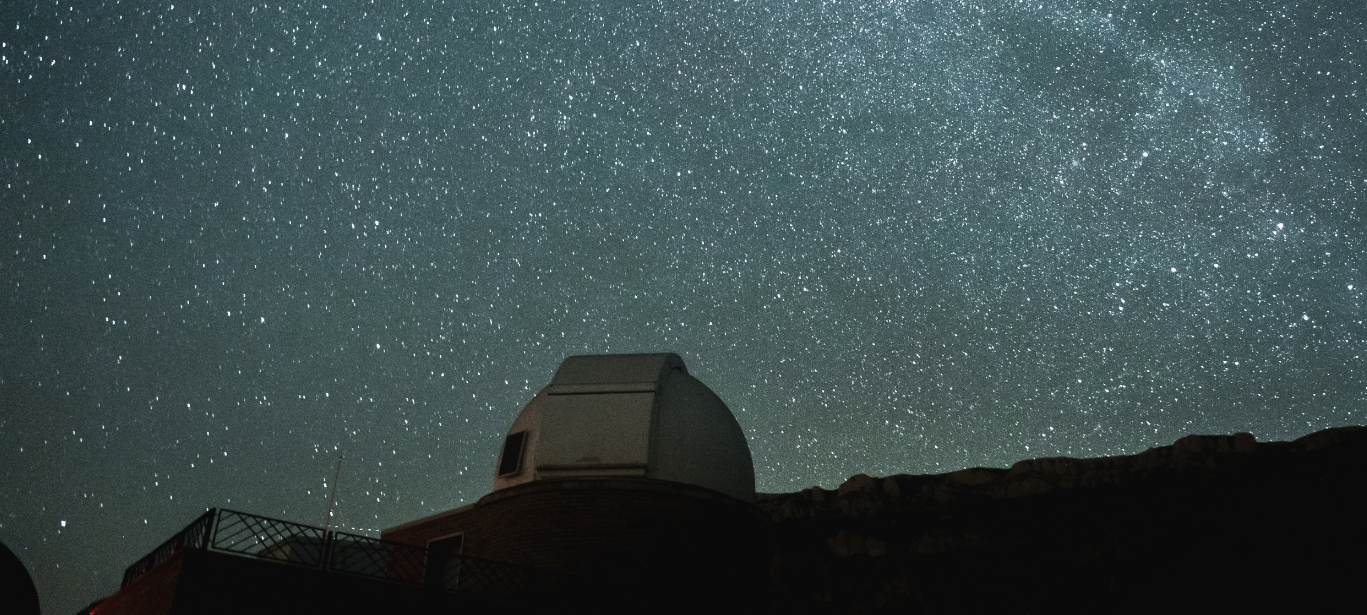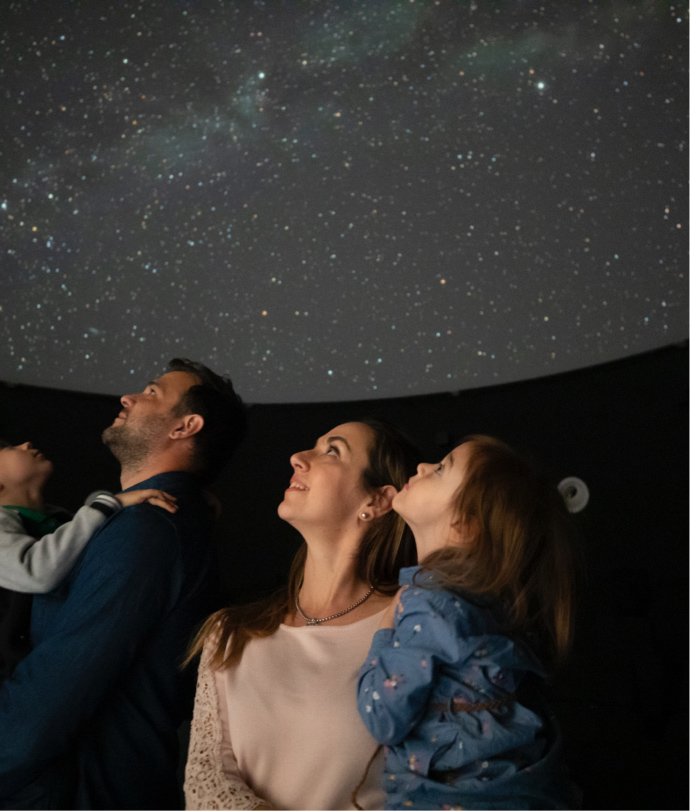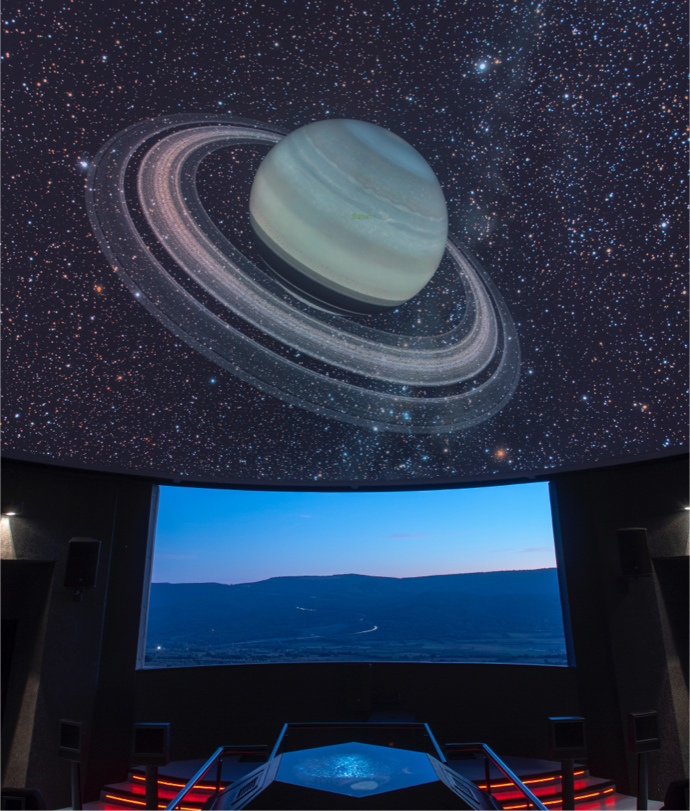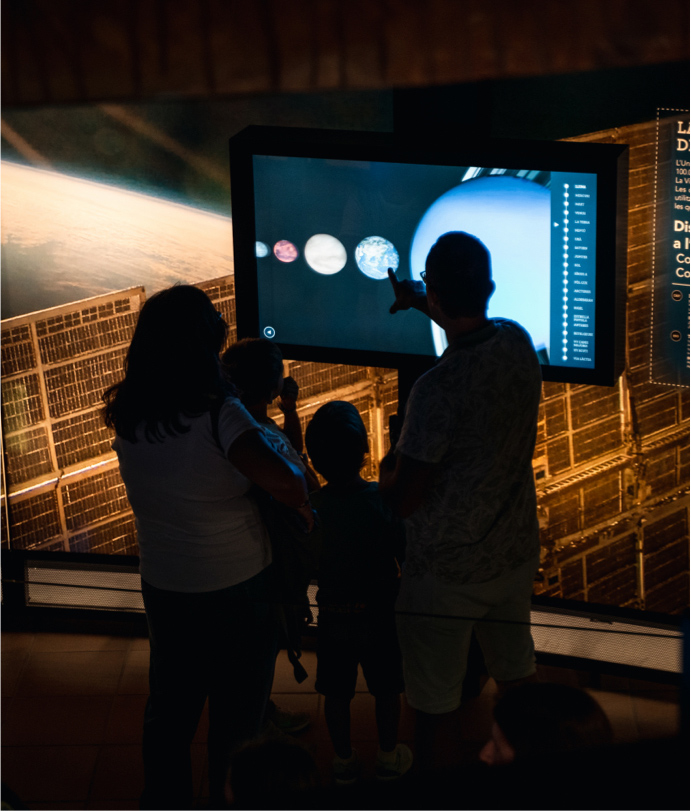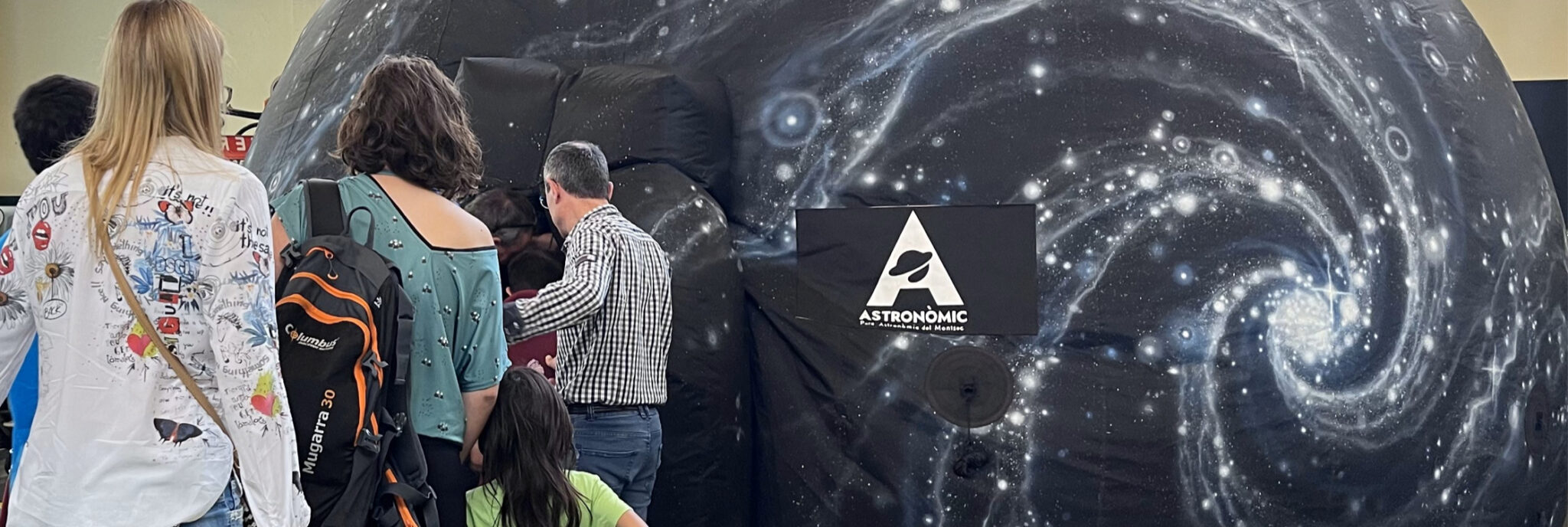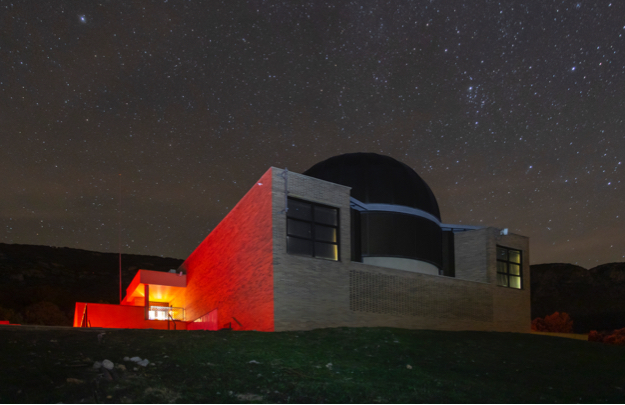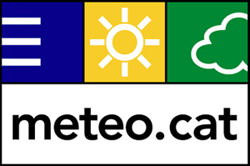The Parc Astronòmic del Montsec opens its doors to the observation of the ‘comet of the century’
- 16 October, 2024
-
- The Parc Astronòmic del Montsec will include the observation of the comet in its activities in October and November, as long as weather conditions allow it
- The comet C/2023 A3 C/2023 A3 (Tsuchinshan-ATLAS) is a unique astronomical phenomenon, which will be visible to the naked eye during the next few weeks
The Parc Astronòmic del Montsec will include the observation of comet C/2023 A3 (Tsuchinshan-ATLAS), also known as the ‘comet of the century’, in its activities in the months of October and November, which is when this unique astronomical phenomenon can be seen with the naked eye.
Discovered independently in early 2023 by two research teams in China and South Africa, comet C/2023 A3 has captured the attention of the scientific community and astronomy enthusiasts for its brightness and spectacular tail.

Photo credit: Daniel Rodriguez Struve
Observation of the comet from the Parc Astronòmic del Montsec
The Parc Astronòmic del Montsec will open its doors to observation of the comet with the aid of binoculars during the 7:00 p.m. visit sessions on October 18 and 19, weather permitting.
It will also be observed, although less brightly, on October 25 and 26 during the 7:00 p.m. and 8:00 p.m. Depending on the evolution of the comet, it will also be included in the sessions of the first weekends of November at 6:00 p.m. and 7:00 p.m., but it will require the use of telescopes for good observation.
This is an exceptional opportunity to enjoy this celestial spectacle and learn more about comets, which visit Earth from the most distant regions of the solar system.
Its way between the Earth and the Sun
Between October 8 and 9, it passed right between the Earth and the Sun, and was detected by satellites that observe the Sun. By chance, its passage coincided with the moment of one of the ejections that have caused the northern lights in recent weeks, an image that circulated everywhere. The comet had its closest approach to the Sun on September 27 and to the Earth on October 12.
From now on, the comet progressively moves away from the Sun and the Earth and slowly loses brightness, but it can also be seen for longer periods of time and with a somewhat darker sky, which improves contrast and allows for better vision. At this time, the comet has a spectacular tail that reaches about 10 degrees (equivalent in the apparent sky to 20 moons next to each other in extension).
What is a comet?
A comet is a celestial body that is part of the solar system. It is mainly composed of ice, dust and rock. Comets orbit the Sun, but unlike planets which have nearly circular orbits, comets’ orbits are highly elliptical. This means they get very close to the Sun at one point in their orbit and then very far away at another point.
When a comet gets close to the Sun, the ice starts to sublimate (turn from solid to gas) due to the heat. This creates a characteristic tail that can extend for millions of kilometers. The tail always points away from the Sun, pushed by the solar wind.
tags
Documents
Links of interest
Other News
-

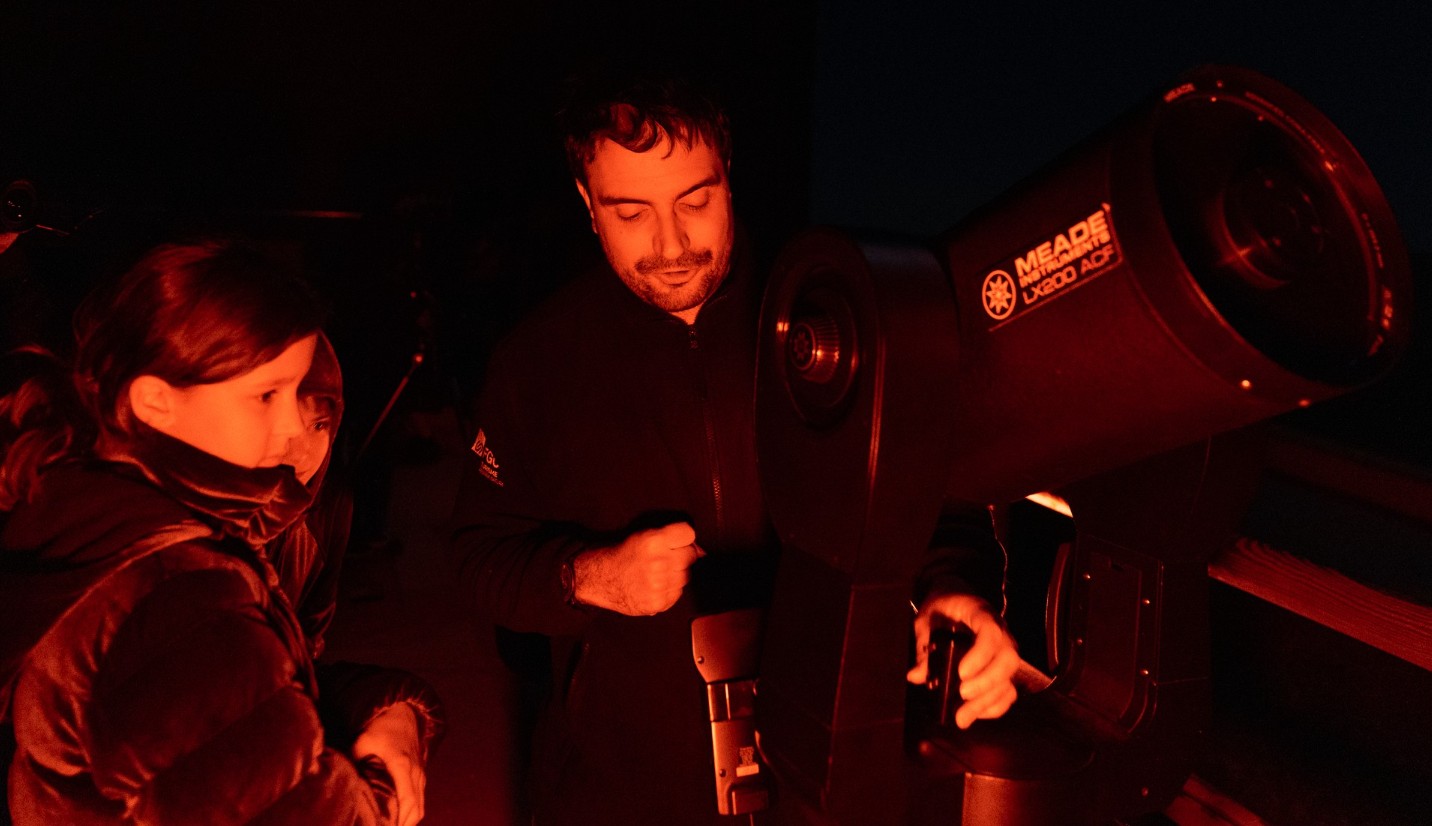
- 19 December, 2025
The Parc Astronòmic del Montsec celebrates the second edition of Christmas at the Astronòmic
- Lorem ipsum
- Lorem ipsum
-


- 24 October, 2025
The Parc Astronòmic offers special sessions for observing the millennial comet ‘C/2025 A6 Lemmon’ over the next two weekends
- Lorem ipsum
- Lorem ipsum
-

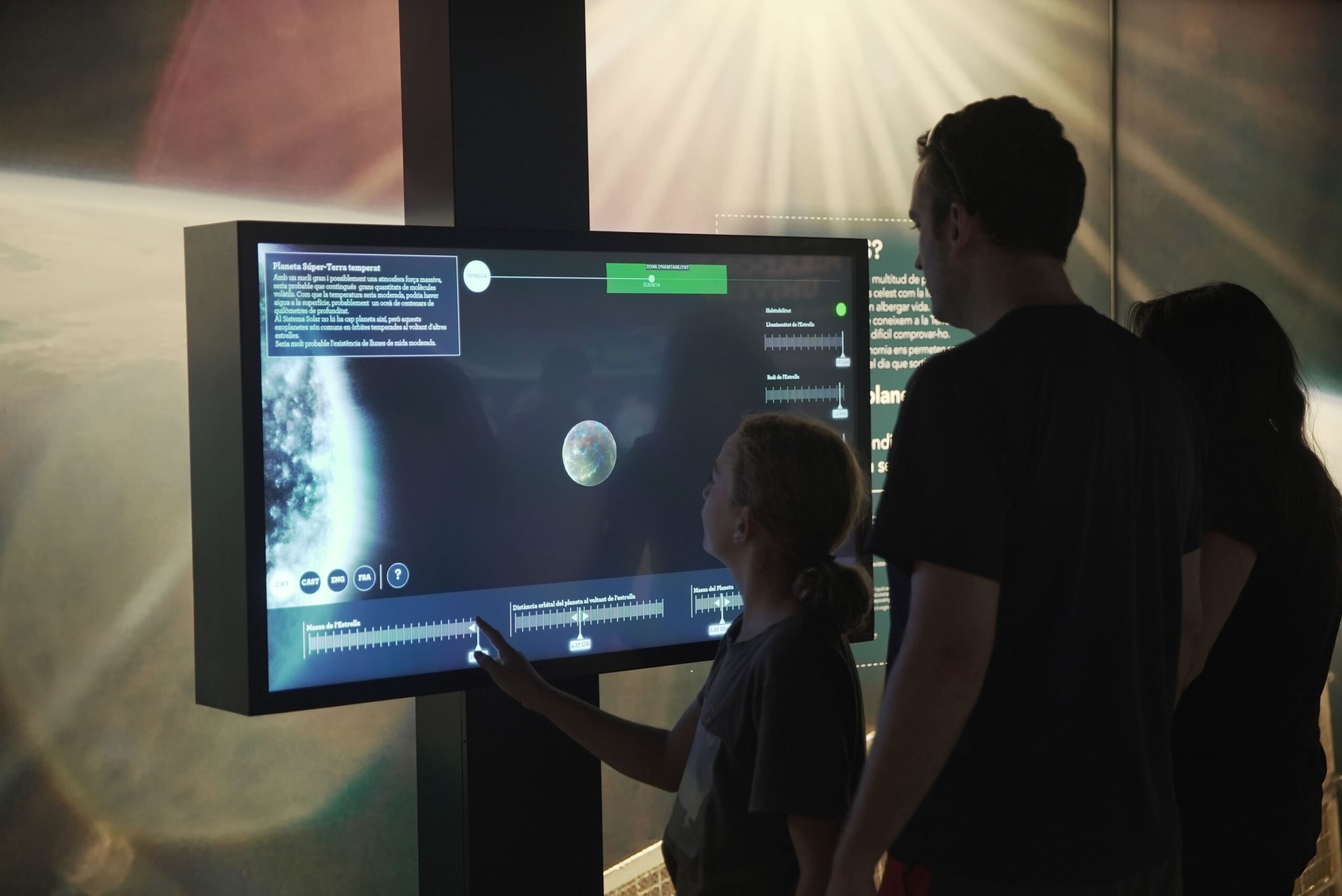
- 30 September, 2025
- Concerts
Science, culture and tourism meet from tomorrow at the Parc Astronòmic del Montsec at the 11th Astronomy Festival
- Lorem ipsum
- Lorem ipsum
